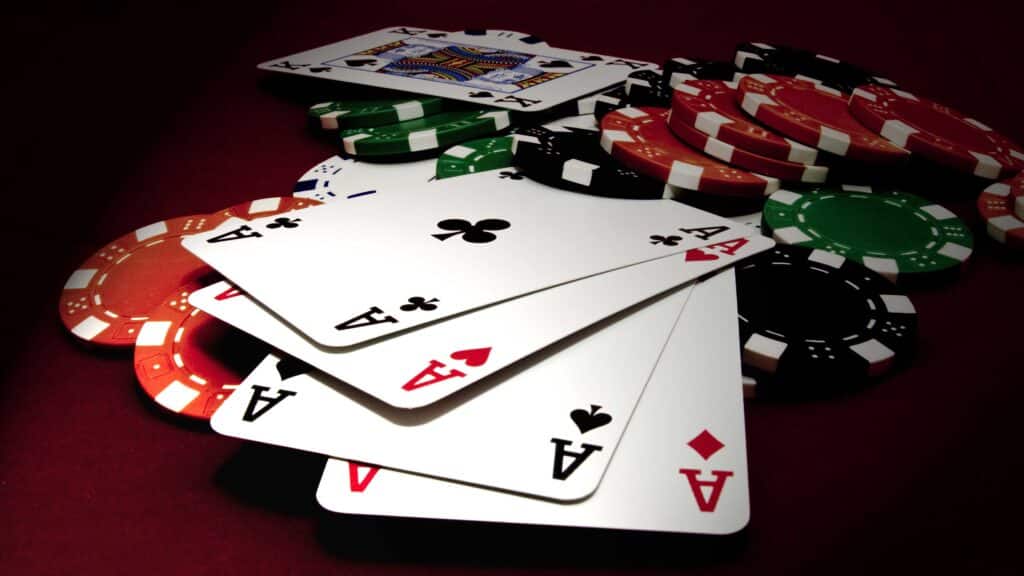Heads-up poker is a high-stakes and intense variant where every decision matters significantly. Unlike multi-player formats, heads-up poker focuses solely on the one-on-one interaction, requiring a different set of strategies and a deep understanding of opponent tendencies. This article delves into advanced heads-up strategies, offering insights and examples to help players excel in this dynamic format.
Understanding Heads-Up Dynamics
Heads-up poker transforms the typical dynamics of the game. With only one opponent, the strategies you employ need to be highly focused and adaptable. Here’s how to effectively navigate the unique aspects of heads-up play:
1. Aggression and Initiative
1.1. The Importance of Aggression
In heads-up play, aggression is a cornerstone of success. With only one opponent to challenge, applying consistent pressure can force them into mistakes. An aggressive strategy helps you control the flow of the game and puts you in a position to capitalize on your opponent’s weaknesses.
Example: If you’re in the small blind and the big blind checks, a common strategy is to bet aggressively. This can force your opponent to fold or make a decision with a weaker hand, helping you win more pots and maintain control.
1.2. Positional Awareness
Position remains crucial, and in heads-up play, it becomes even more significant. Being in the dealer position gives you the advantage of acting last on each post-flop street, which allows you to make more informed decisions.
Example: When you’re in the dealer position, and your opponent checks to you on the flop, you have the opportunity to either bet to protect your hand or check to induce a bluff. This advantage can be used strategically to maximize your edge in the game.
Adapting to Your Opponent
Understanding and adjusting to your opponent’s tendencies is vital in heads-up poker. Here’s how to effectively tailor your strategy based on your opponent’s behavior:
2.1. Identifying Opponent Tendencies
Recognizing and exploiting your opponent’s tendencies can significantly enhance your strategy. Whether they are overly aggressive, passive, or have specific tendencies, adapting to their style can give you an edge.
Example: If your opponent frequently calls raises with weak hands, you can adjust by making more frequent continuation bets or setting up strategic bluffs. Conversely, if they fold too often, you can increase your value betting frequency to exploit their passivity.
2.2. Adjusting Your Range
Your hand range needs to be flexible and adjust according to your opponent’s behavior. In heads-up play, you can afford to be more aggressive and include a wider range of hands compared to full-ring games.
Example: If you notice your opponent is folding to most of your steals, you can widen your opening range to include more marginal hands. This adjustment allows you to capitalize on their tendency to fold too frequently and increases your chances of winning more pots.
Positional Play and Bluffing
Mastering positional play and bluffing are crucial components of a successful heads-up strategy. Here’s how to use these elements to your advantage:
3.1. Utilizing Position Effectively
Position provides a strategic advantage in heads-up play. Being in the dealer position allows you to act last and make more informed decisions based on your opponent’s actions.
Example: From the dealer position, you can employ a strategy of betting your entire range to apply consistent pressure. This approach can force your opponent into difficult decisions and create opportunities for successful bluffs.
3.2. Mastering the Art of Bluffing
Bluffing requires precision and timing, especially in heads-up play. With fewer opponents, your bluffs need to be well-timed and calculated based on your opponent’s tendencies and the board texture.
Example: On a board with high cards, if your opponent has shown weakness and you hold a missed straight draw, you can represent a strong hand by betting aggressively. If your opponent is prone to folding under pressure, this bluff can be highly effective.
Bankroll Management and Mental Toughness
Managing your bankroll and maintaining mental toughness are essential for long-term success in heads-up poker. Here’s how to address these aspects:
4.1. Managing Your Bankroll
Heads-up poker can be volatile, making bankroll management crucial. Set limits for yourself and play within your financial means to ensure a sustainable poker career.
Example: If you experience a losing streak, avoid moving up in stakes to recover losses quickly. Instead, reassess your strategy, take a break if needed, and continue playing at a level where you feel comfortable and confident.
4.2. Maintaining Mental Toughness
The psychological aspect of heads-up poker is significant. Managing your emotions and staying focused are critical for maintaining a strong performance.
Example: If you encounter a bad beat or a series of unfortunate hands, take a short break to reset your mindset. Returning to the game with a clear head will help you make better decisions and maintain your edge.
Conclusion
Heads-up poker is a game of skill, strategy, and psychological prowess. Mastering aggression, adapting to your opponent’s tendencies, utilizing positional advantages, and effectively managing your bankroll and mental game are key to succeeding in this format. By applying these advanced strategies and maintaining a flexible approach, you can enhance your performance and enjoy greater success in online heads-up poker.



